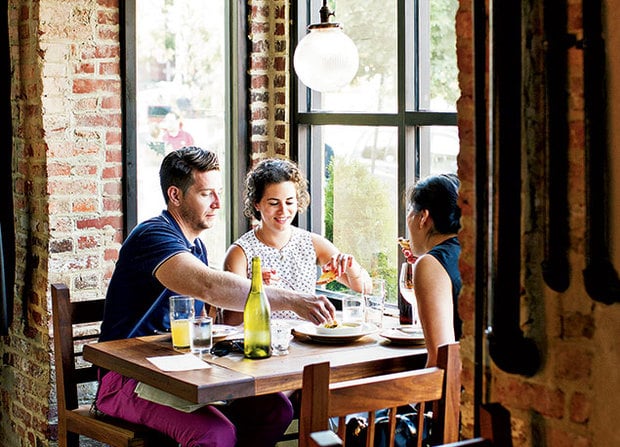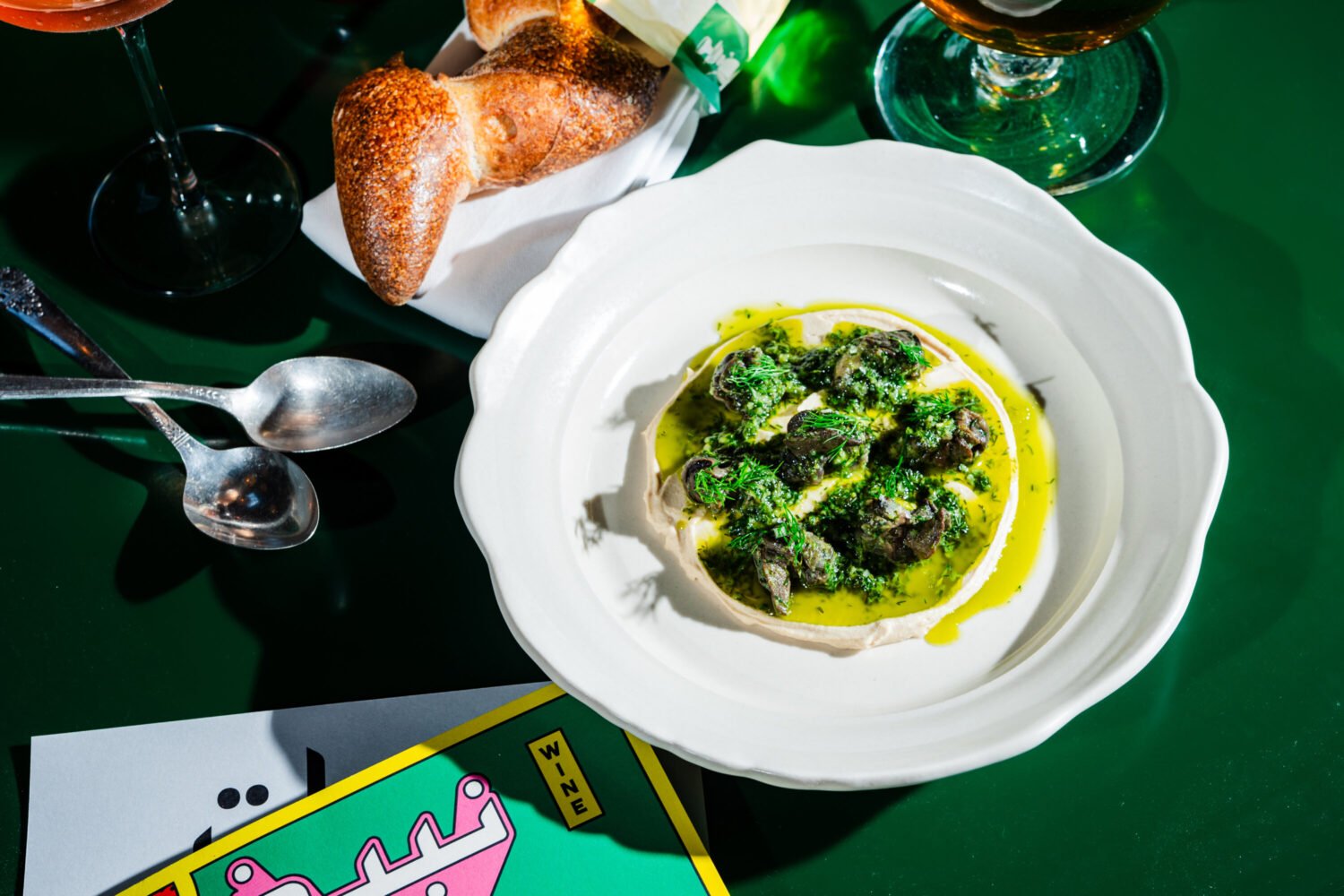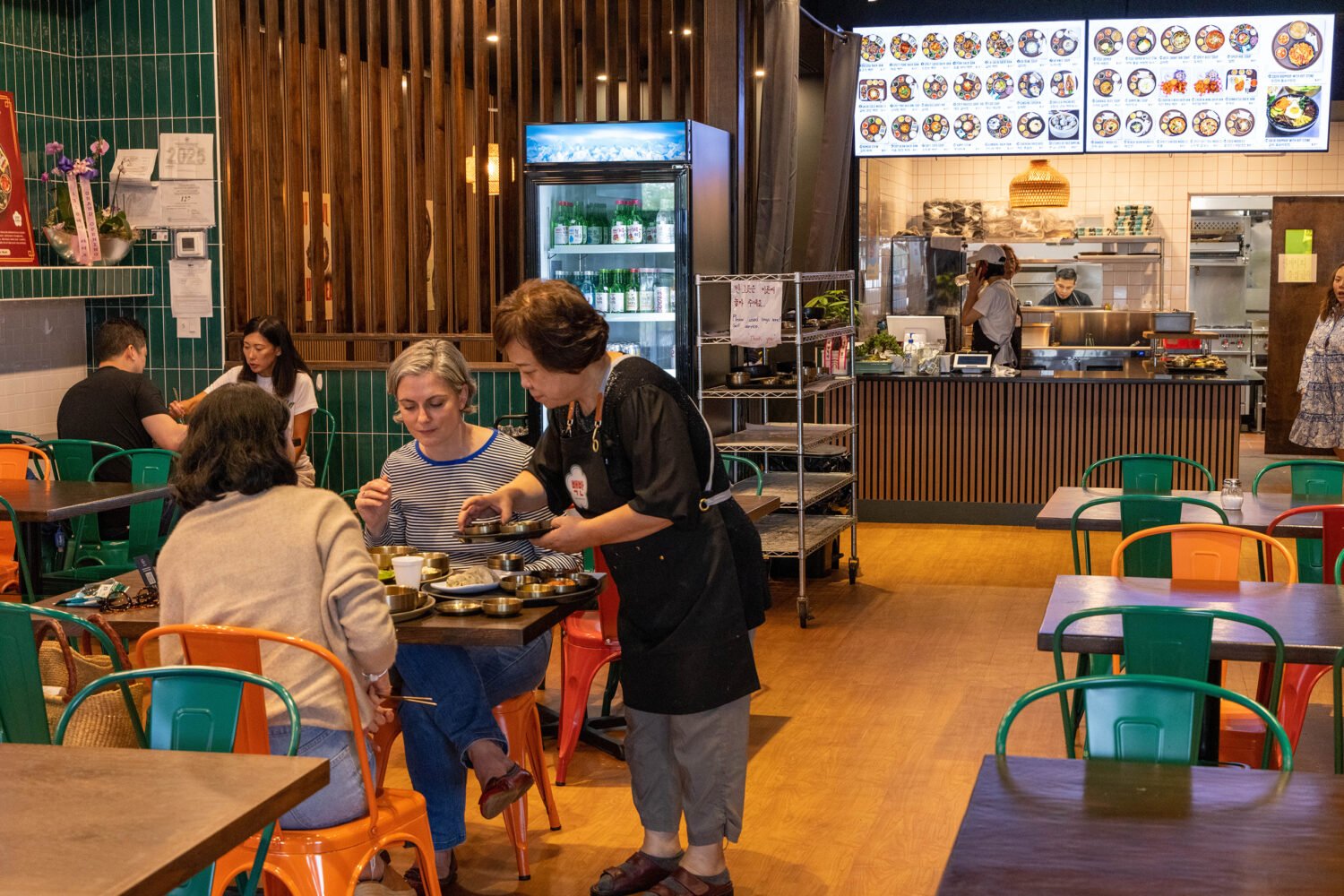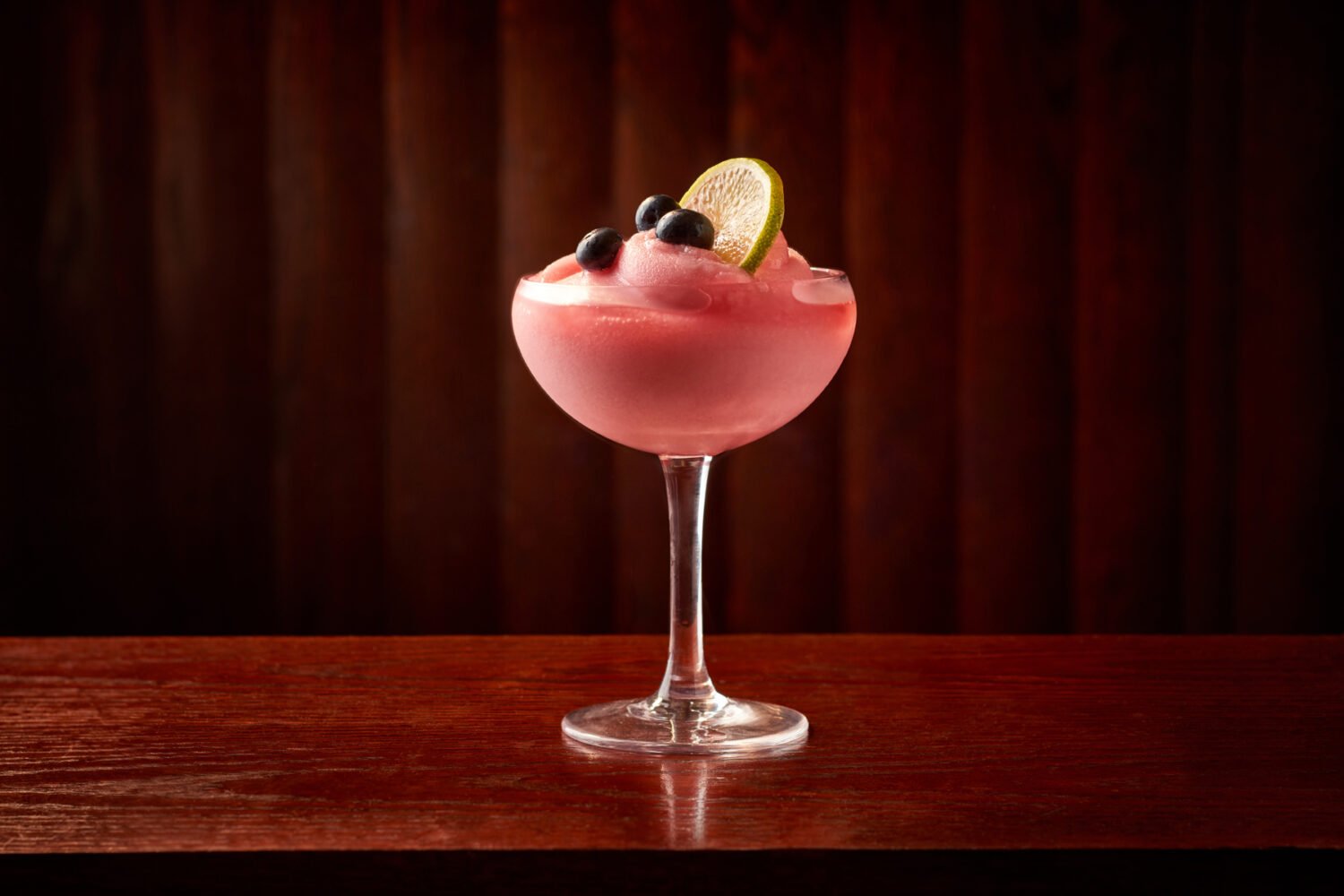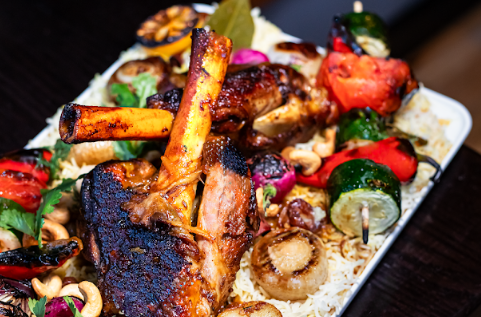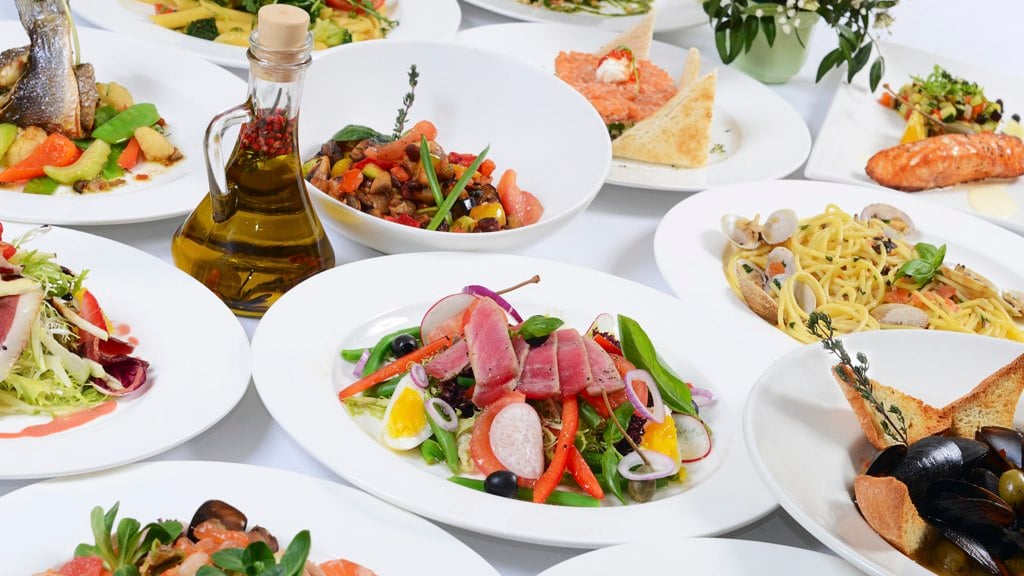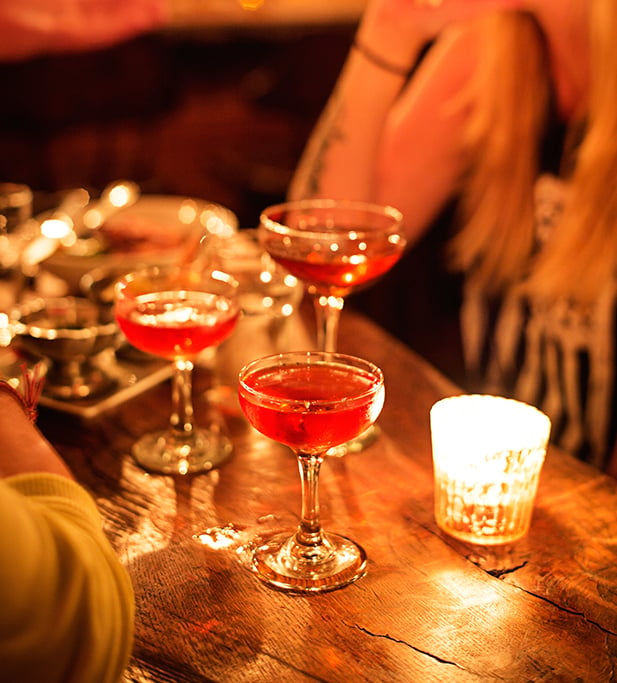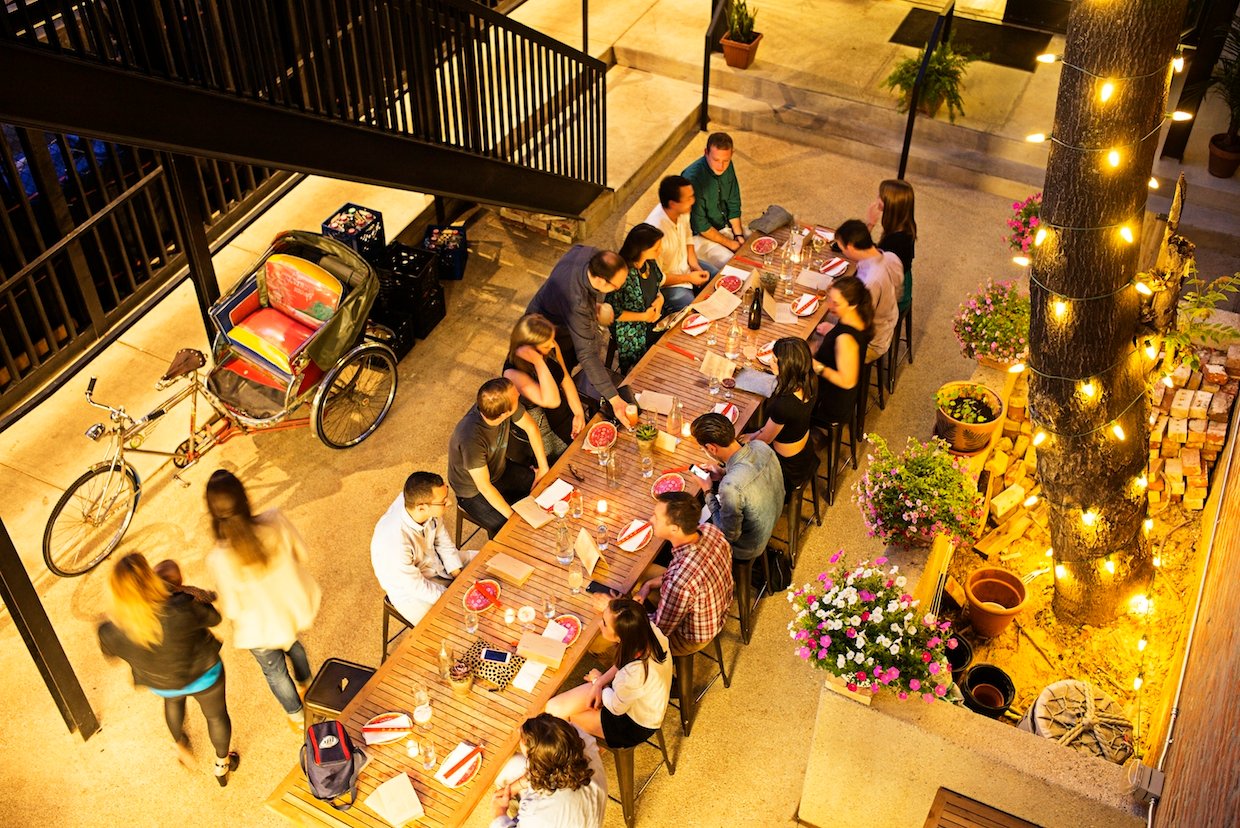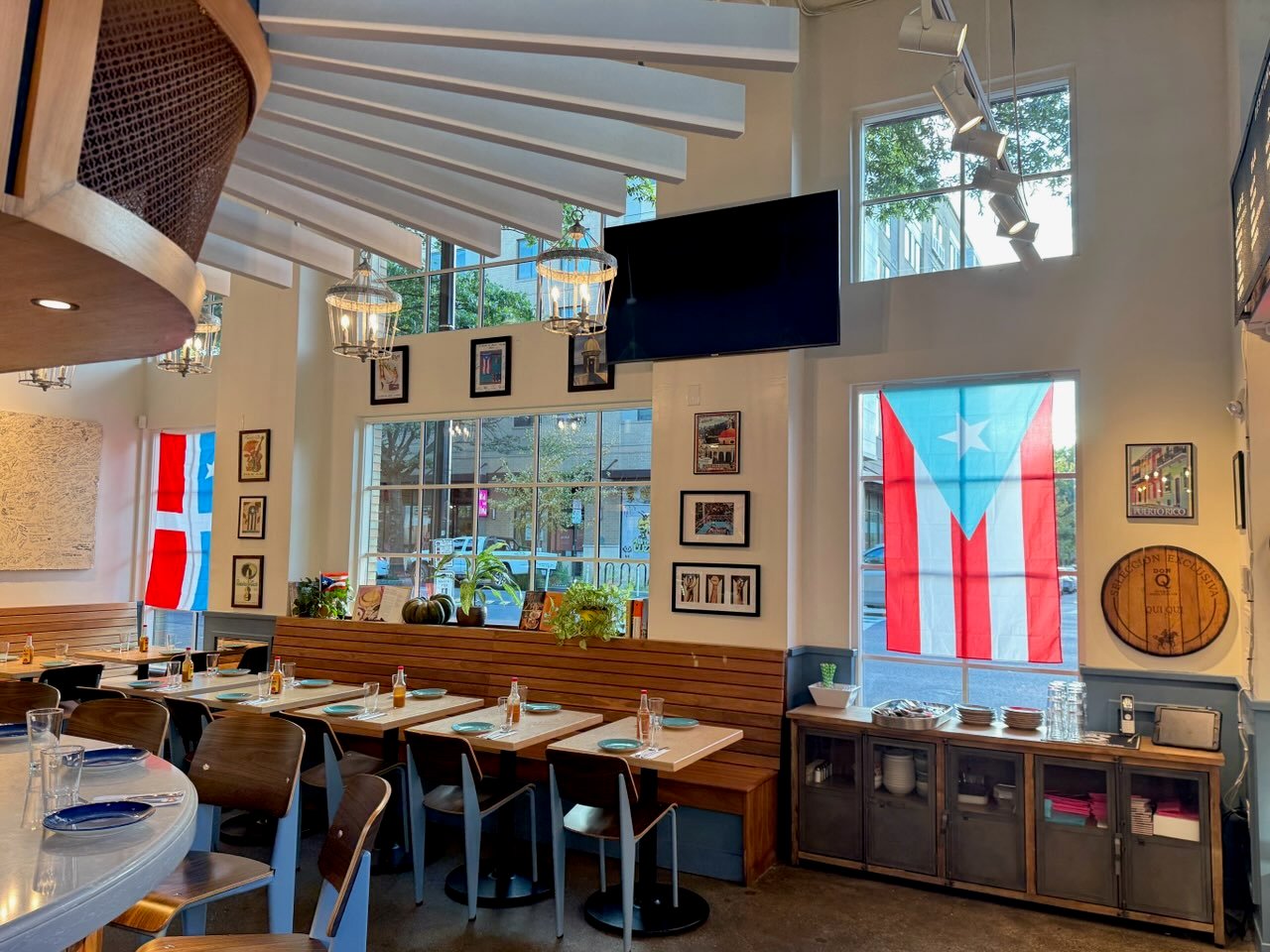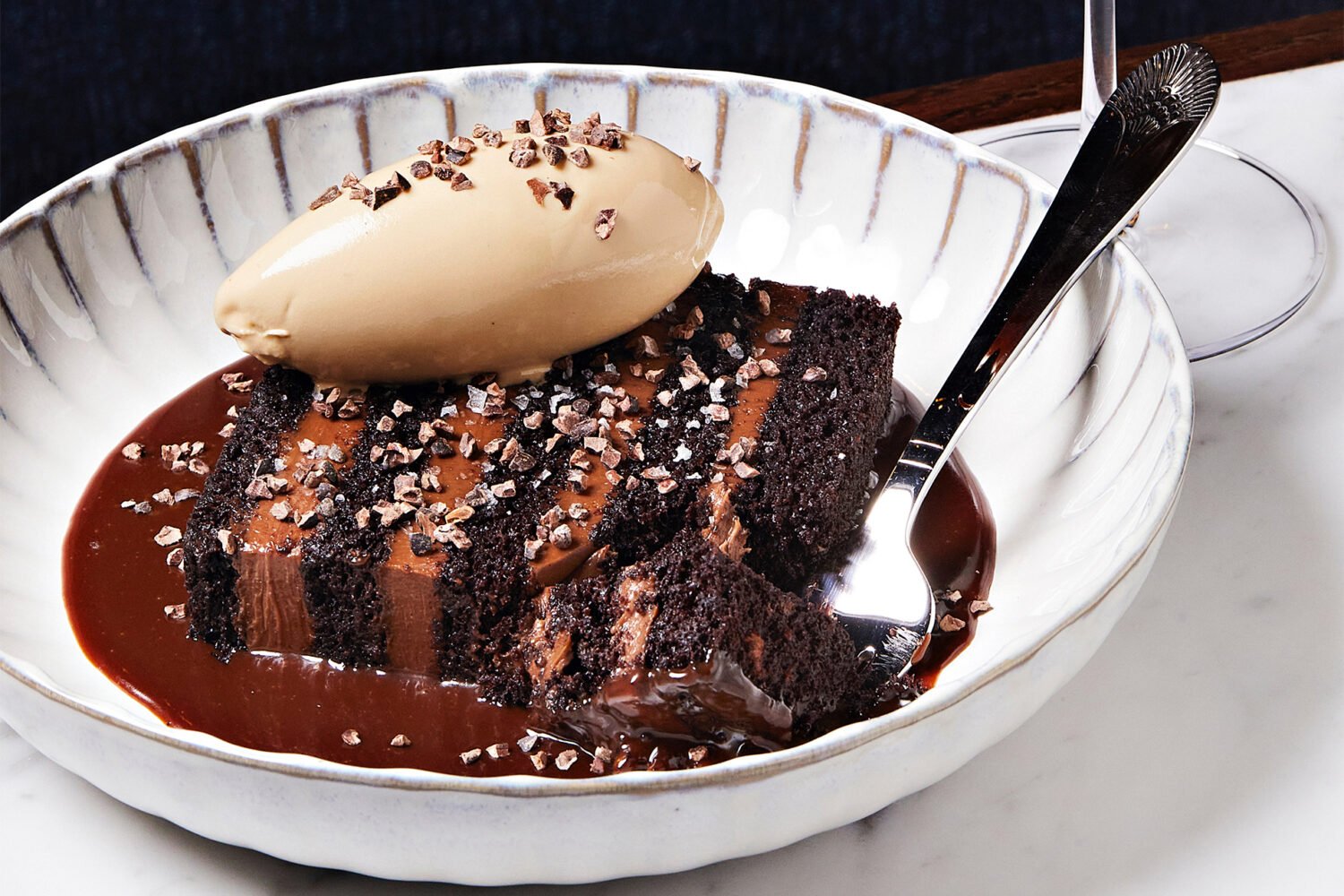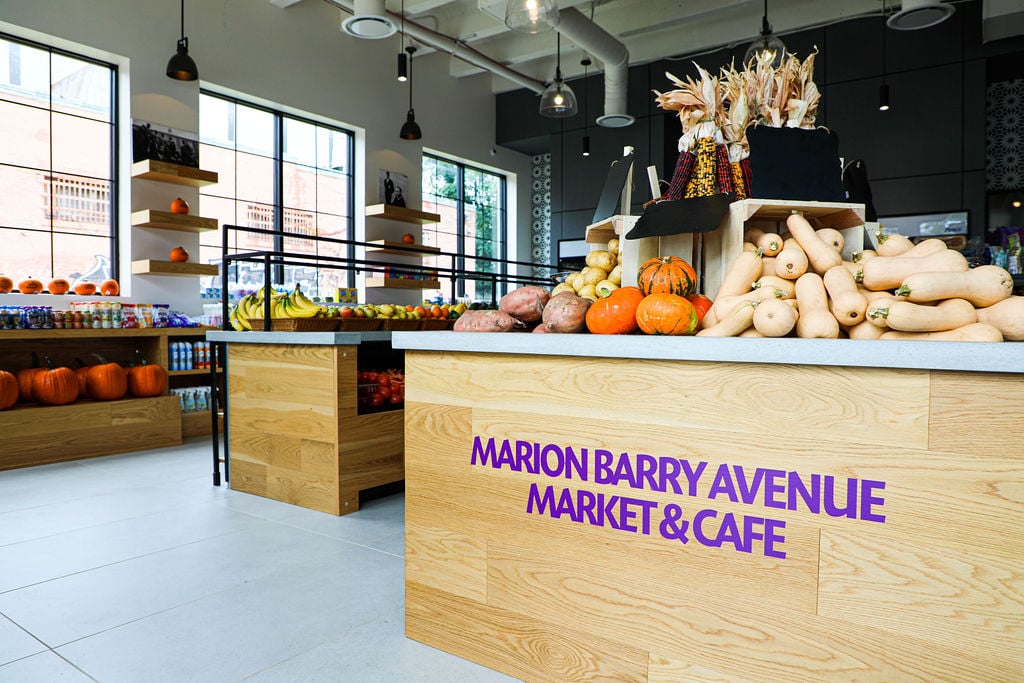Welcome, yet gain, to another shortsighted piece on Washington’s dining scene from the New York Times. Journalist Jennifer Steinhauer—the same writer who called DC’s coffee culture “meh” and named Capitol Hill the dominion of junk-food purveyors—pens another assessment of our culinary landscape. The topic du jour: the recent emergence of neighborhood restaurants.
“For decades, Washington’s dining scene has been made up mostly of two kinds of restaurants,” writes Steinhauer. “There are the expense-account steakhouses and hushed white-tablecloth hotel eateries catering to the political class with money to spend. At the other end are the cheap ethnic restaurants dotting the city and its outlying suburbs.”
Progressive neighborhood restaurants, she notes, “were as rare as bipartisan budget bills.” Two exceptions: Cashion’s Eat Place in Adams Morgan, and BlackSalt in the Palisades.
I couldn’t agree more when it comes to the article’s main theme: Washington boasts more destination-worthy neighborhood haunts than ever—wonderful places like the Red Hen and Daikaya. This evolution is worth celebrating (or even noting in the New York Times), and it’s a promising progression. But to paint the recent dining past as so black-and-white, or ethnic and white-tablecloth, does a disservice to the many eateries that came before Petworth Citizen and Crane & Turtle, Steinhauer’s harbingers of the city’s dining future.
Just look at the “once-dicey” Adams Morgan, where my parents spent many date nights at La Fourchette in the ’70s, and where Meskerem introduced the greater public to Ethiopian food when it debuted in 1985. We ate at both when I was growing up, as well as at Sushi Ko in Glover Park—Washington’s pioneer sushi restaurant—Johnny’s Half Shell in Dupont (then more casual than the current Capitol Hill iteration), and Austin Grill during the Ann Cashion golden years, before she opened Cashion’s Eat Place.
One of my early childhood food memories is discovering pho at the shuttered Germaine’s on Wisconsin Avenue, which served superb Vietnamese dishes in a fine-dining setting long before Daikaya came along. And while Ben’s Chili Bowl was never the kind of Grey Lady-revered place “where the stroller set settles in with the small-batch-bourbon swilling groovesters for some solid roast chicken,” it’s an iconic “residential neighborhood” restaurant, even by Manhattan standards.
Was there a culinary scene in Harlem before Marcus Samuelsson’s Red Rooster? Did the stroller set and swilling groovesters put Brooklyn on the dining map?
While neighborhood spots like Petworth Citizen may be “the future of dining in Washington, D.C.,” they hardly arrived yesterday.

